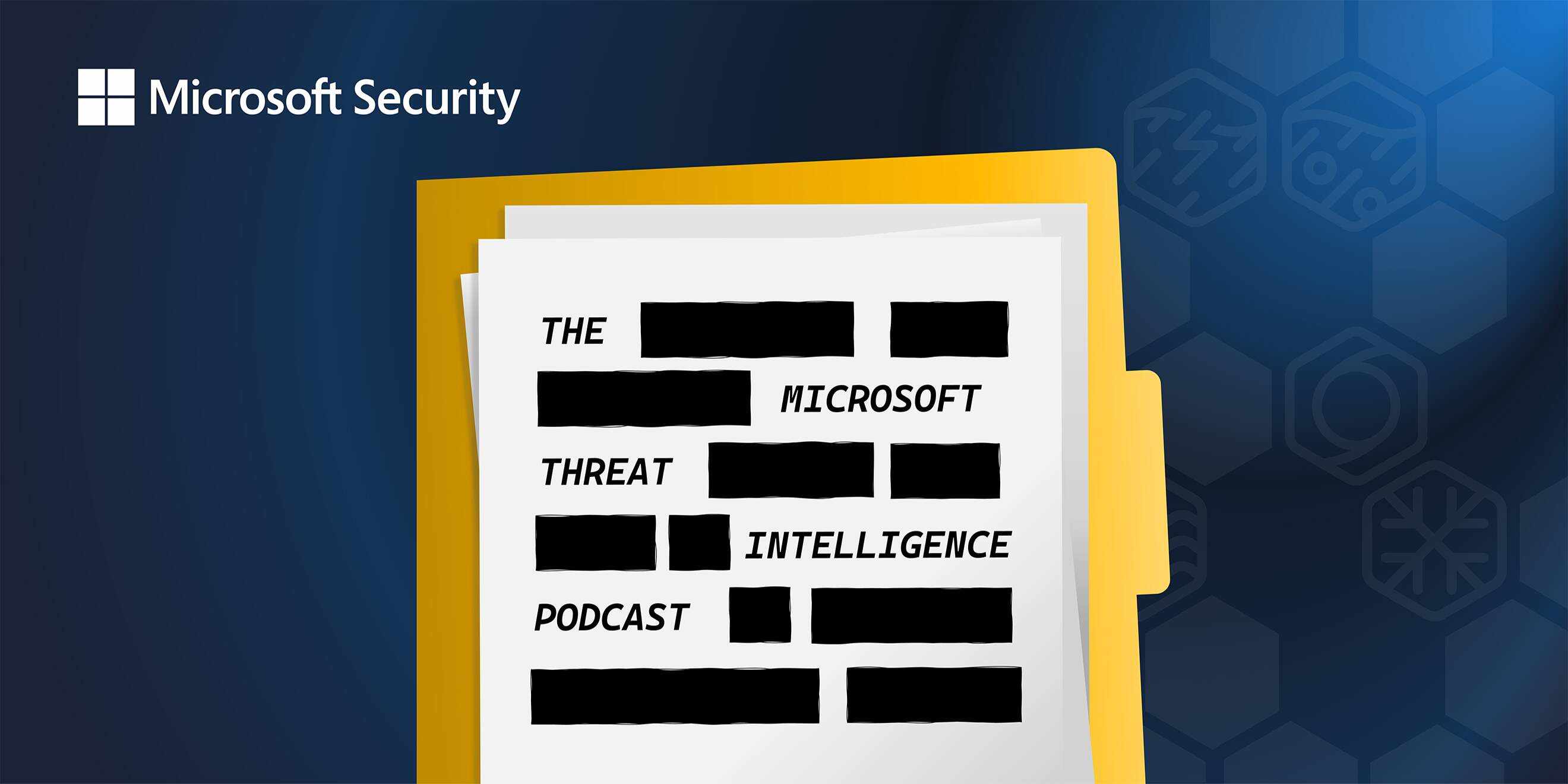CISA and the FBI issue a joint Cybersecurity Advisory on exploitation of Microsoft Exchange Online. Implementing the US National Cybersecurity Strategy. FortiGuard discovers a new LokiBot campaign that uses Microsoft Word as an attack vector. Training code turns out to be malicious in a new proof-of-concept attack discovered on GitHub. Russia resumes its pursuit of a “sovereign Internet.” The GRU’s offensive cyber tactics. A probable Ukrainian false-flag operation. Read More
The CyberWire


